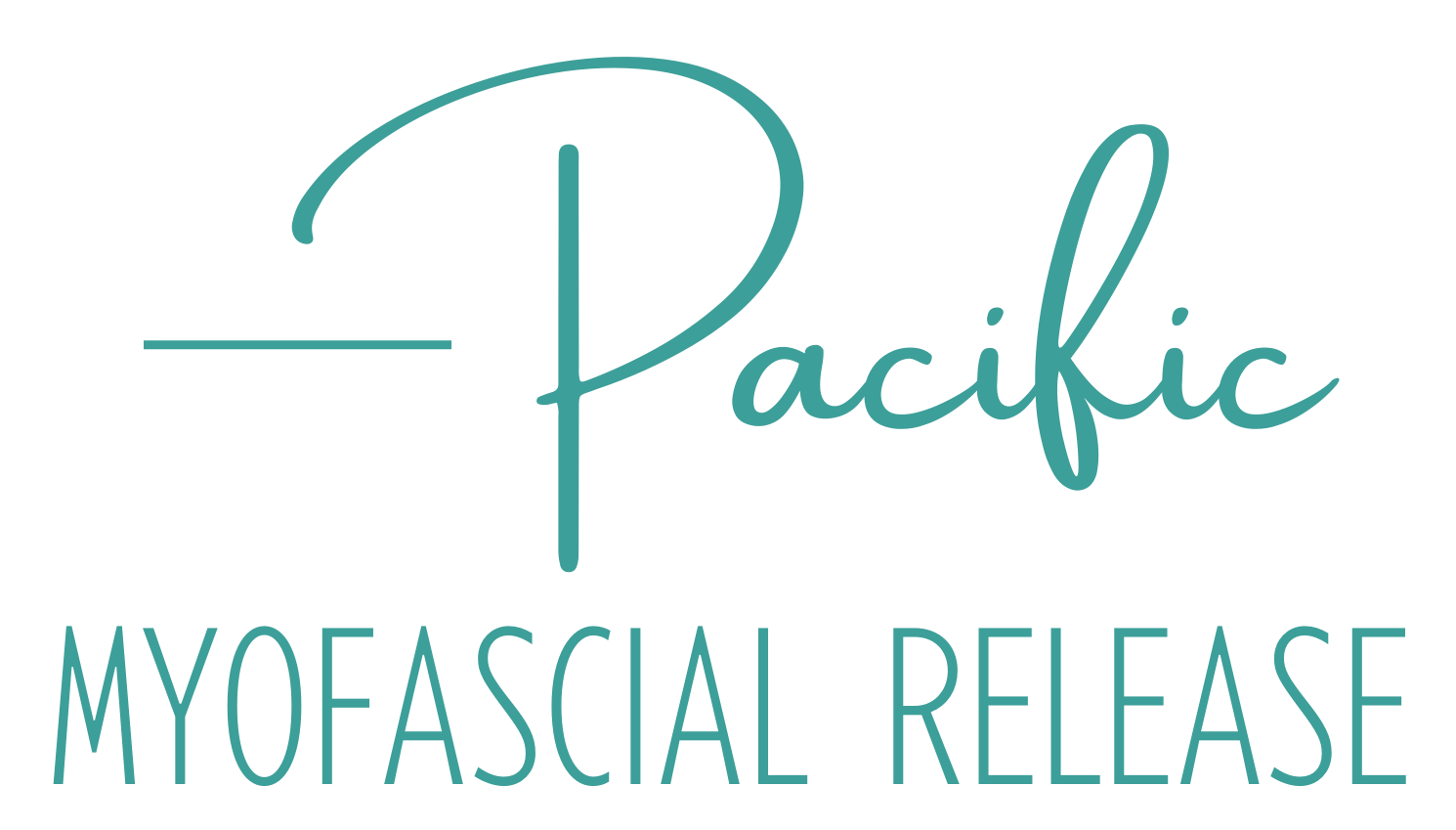What DOEs Fascia DO?
Fascia is a fascinating body system that helps us in many ways
Fascia Supports
The fascial system provides structure for the body, and is sometimes referred to as the “sheets” and “cables” holding you together. Fascia is a tough connective tissue that wraps individual structures like your muscles and weaves through them in 3D. Your fascia is connected head to toe, front to back, without interruption. Think of it like the white parts of an orange… it wraps the orange under the peel, it separates the orange into sections, and it even divides up the individual orange slices into tiny strands inside the slice. This is true in our bodies: fascia wraps our body under our skin, wraps all muscles (and other structures) to hold their form and separate them from other parts of the body, divides muscles into smaller compartments, and even wraps the many tiny individual muscle fibers.
If fascia has adhesions or restrictions (what you might call “knots” or being “tight”), muscles and other structures might not function well or move freely next to one another. MFR finds and releases these restrictions so that your body can move freely and efficiently once again.
Fascia Protects
Fascia is a 3D system throughout your entire body, and provides protection and shock absorption. If any force contacts your body, fascia dampens and disperses the force so that the impact is lessened. An example might be if you are in a car accident or run into by another person playing a sport.
If your body experiences repeated stress from an activity, work, or even your posture, then your fascia will thicken in order to support you. Your body is just trying to help! One way that fascia thickens is by producing more collagen fibers and hydrogen bonds to strengthen an area. Perhaps you round your shoulders when driving, or always hold your head forward when you look at your laptop or cell phone. In these cases, the fascia thickens to support you leaning forward or rounding your shoulders. However, this thickening can limit your range of motion and prevent a structure - such as a muscle - from working in an ideal way. It can also cause tightness or pain in other parts of your body without you realizing it, because all of your fascia is connected.
Fascial restrictions can be an undiagnosed cause of your pain. They do not show up on X-rays or MRIs, or most standard tests. It’s always a good idea to have your concerns checked out by a doctor. If their report is that “you’re fine,” but you are not feeling fine, treating your fascial system might very well bring you relief!
Fascia Facilitates Cellular processes
In addition to being the “sheets” and “cables” of the body, fascia is also the substance that fills the space between all other parts of the body. Fascia is not only made of collagen and elastin fibers, but also something called “ground substance.” Ground substance fills the spaces between cells - the interstitial spaces. This is where many cellular processes take place in our bodies, such as cellular respiration, metabolism, nutrient and waste exchange, and fluid and lymphatic flow which is very important for our immune system.
Ground substance can be a liquid or can be a thick or hardened gel. When ground substance is in its liquid form, these important cellular process mentioned above take place efficiently. Liquid ground substance lubricates the fibers in your muscles and other structures so that they move freely. When ground substance is in its thick or hardened form, you might experience pain, inefficient cellular processes, lower immunity, disease, and dysfunction of other body systems. Ground substance can become thick or hardened from many reasons including injury, repeated stress, poor posture, and traumas.
MFR finds areas of restrictions in your body and uses gentle, sustained pressure to soften or “melt” the ground substance back into a liquid form so that your body works more efficiently and you experience less pain.



